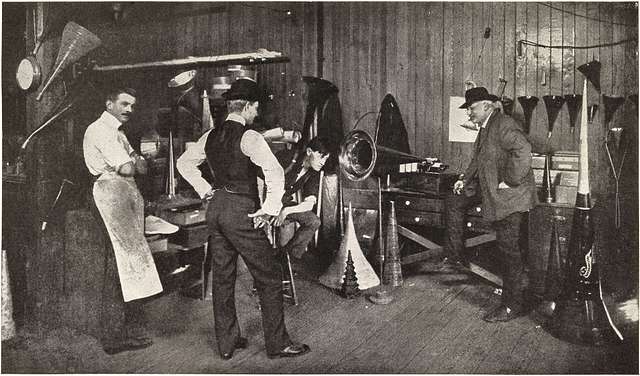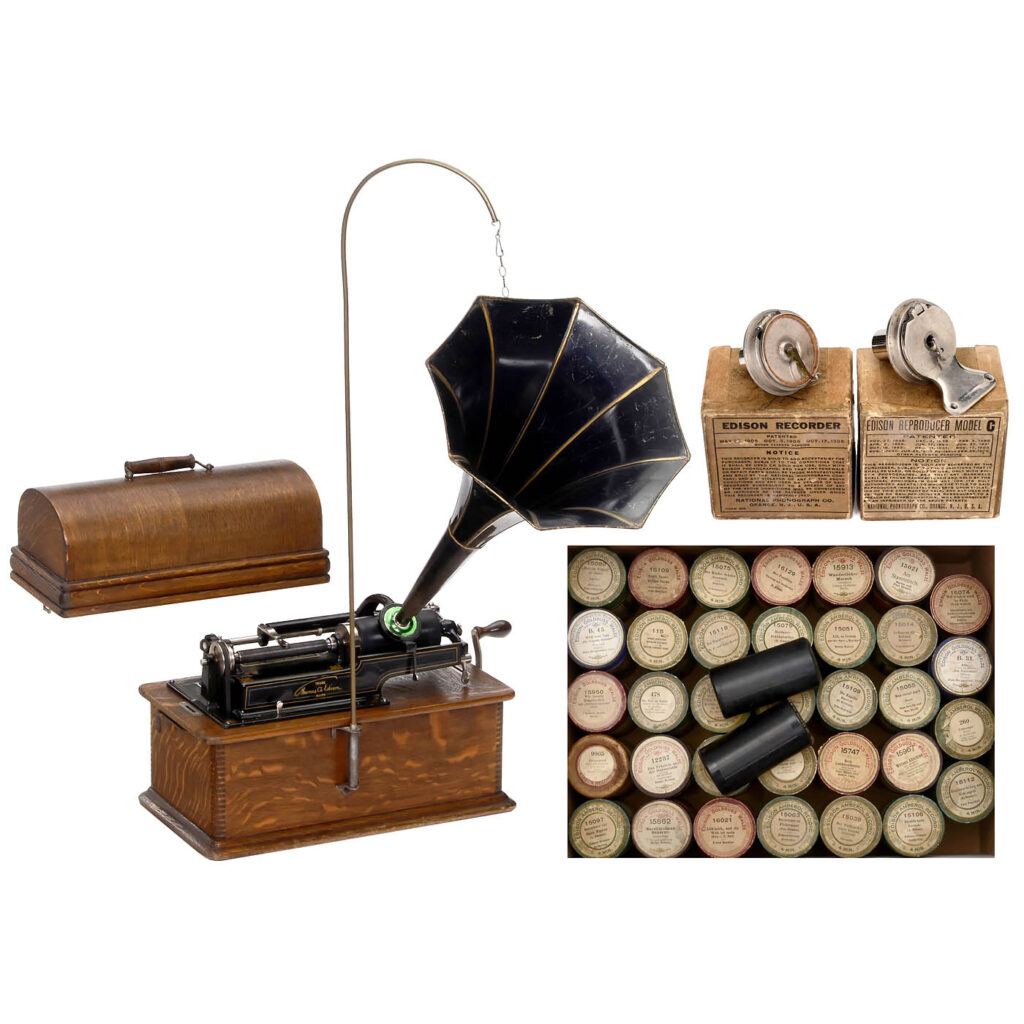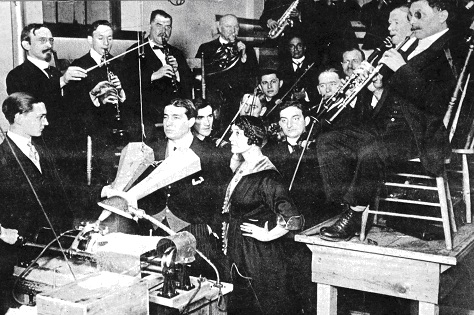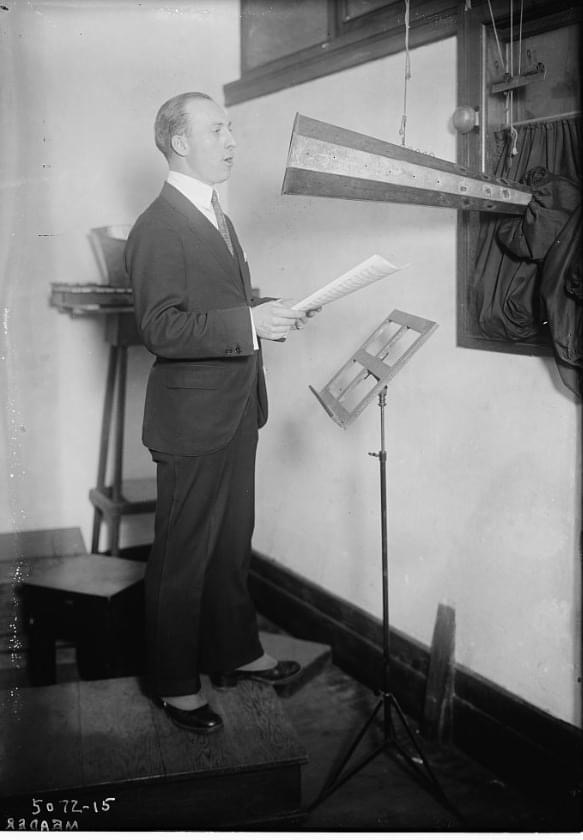Swiss National Science Foundation Research Project at the Hochschule für Musik Fachhochschule Nordwestschweiz, Basel, Switzerland
Recording the Acoustic Era

Voices in WaX
Exploring the earliest developments in commercially-recorded music and phonograph recording technology (c.1885–1915) from a technical perspective, using hands-on experiments to contextualize historical recordings
The advent of music recording at the end of the nineteenth century forever changed the way music was consumed and performed. Recordings suddenly offered composers and performers a new way of projecting themselves into history. Therefore, especially for the fields of musicology and performance studies, it becomes key to address the earliest experimental period when the first recordings were made, in order to properly contextualize this material. Understanding how a recording was originally produced will help us to understand the impact of this technology, both on the performance itself and the development of musical styles during this period.
Hands-on Experimentation
This project will survey historical documentation regarding recording techniques and use this information as a springboard for hands-on experimentation with the machines themselves, systematically setting the parameters for creating recordings using original technology. Upon successful completion, this project will detail a standardized recording framework that can be used by future researchers in musicology and sound studies to produce comparable and repeatable recording results.


Swiss Phonograph Industry
The global origins of the recorded music industry are inextricably linked to the tradition of precision mechanics in Western Switzerland. The theoretical portion of the project will thoroughly catalogue developments in phonograph models produced by selected Swiss companies involved in the music industry from 1898–1908. Historical documentation of recording processes, including period recording instructions from around the world and photographs of recording studios, will also be taken into account.
Additional background information will be drawn from the broad knowledge base of worldwide phonograph collectors, which will be published as a series of interviews. Although this initial survey of surviving archival material and observations will yield only an incomplete view of the historical reality, it is imperative that this material be reviewed before it is lost or forgotten.
Phonograph Recordings
The final stage of the project will use analyses of this historical information in the production of phonograph cylinder recordings using original equipment, while strictly controlling and documenting the various recording parameters. After determining the ideal material, acoustic, and mechanical properties for the recording session, three vocalists specializing in different styles of music (modern classic, jazz, and historical performance practice) will be recorded and the differences in their performances will be analyzed from a technical perspective.



Early Sound Technology
The experience gained through this innovative and empirical approach to knowledge production will allow for a firsthand understanding of the limitations and possibilities of early sound technology and their influence on the performance practice of the music of this period and beyond. This research has the potential to change how we understand the relationship between musician and machine over the course of the crucial early decades of the twentieth century.

Voices in WaX
Understanding the relationship between musician and machine over the course of the crucial early decades of the twentieth century